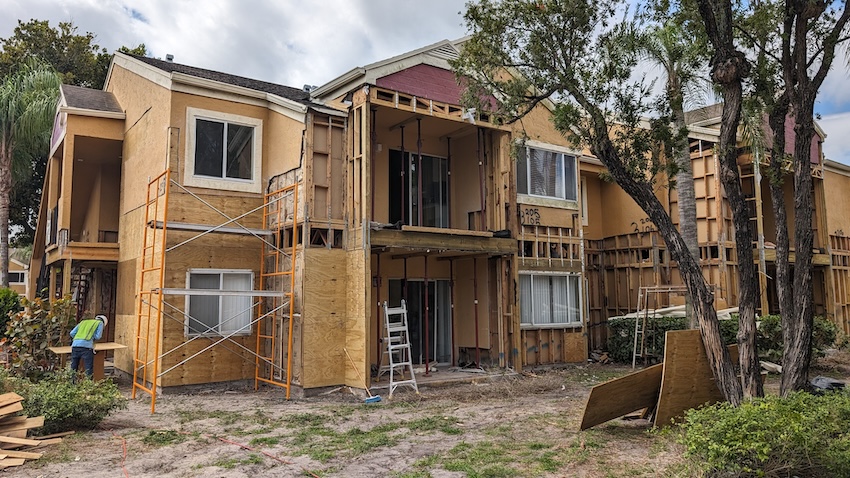Defending the Building
Non-chemical barrier systems provide ample protection from Formosan subterranean termites
Sponsored by Polyguard | By Andrew Hunt
This course is designed to provide information on all types of porous pavements, including their differences, similarities, maintenance plans, and general benefits. By course completion, the learner should be equipped to decide which porous paving systems are best suited for their projects based on cost, maintenance, aesthetics, ease of installation, functionality, and municipal requirements. This course will also teach you how to calculate LEED points for their projects through the benefits of porous paving.

Photo courtesy of Polyguard
Polyguard manufactures the toughest sealants & barrier systems for every construction project. Behind our quality products is an entire team of experts that are passionate about innovation and truly care about your success.
Originally published in Architectural Record
Originally published in August 2024
LEARNING OBJECTIVES
- Discuss the destructive nature of the Formosan subterranean termite, how these pests can endanger the health, safety, and welfare of occupants, and how climate change has helped enable a rapid and invasive expansion of its territory in the U.S.
- Describe effective and appropriate methods to prevent termite damage with physical blockers to create a pest-free and durable building.
- Explain the benefits to occupants and the building of using a non-chemical physical barrier for pest prevention compared to other types of defense systems.
- Identify how pre-construction planning, waterproofing, and physical barriers prevent termites and future damage.











